Status Operational Operator McMaster University | Commission date 1959 Reactor type pool-type reactor Construction began 1957 | |
 | ||
Update on a fuelling error at the mcmaster nuclear reactor
The McMaster Nuclear Reactor (MNR) is a 5MWth pool-type reactor located on the campus of McMaster University, in Hamilton, Ontario, Canada.
Contents
- Update on a fuelling error at the mcmaster nuclear reactor
- Unipoint customer testimonial mcmaster nuclear reactor
- Description
- Alleged links to terrorism and lawsuit
- References
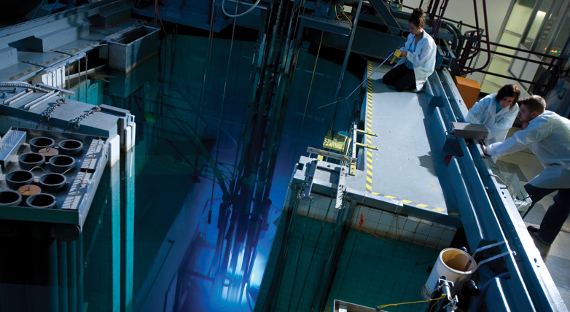
Unipoint customer testimonial mcmaster nuclear reactor
Description
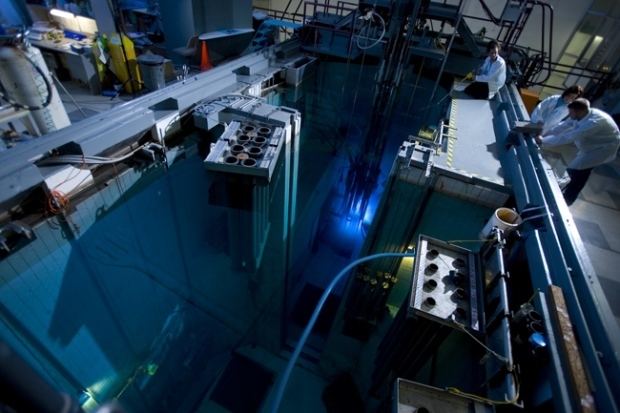
MNR began operating in April 1959, as the first university based research reactor in the Commonwealth of Nations, and remains the highest-flux reactor in a university environment in Canada to this day. The reactor consists of two connected pools; the core can be located and operated in either one. This allows the core to be moved away from experimental apparatus for maintenance. MNR is an example of a reactor where the core is visible while the reactor is operating. The core itself appears to be glowing blue when looked at from the surface, as a result of the Cherenkov radiation.
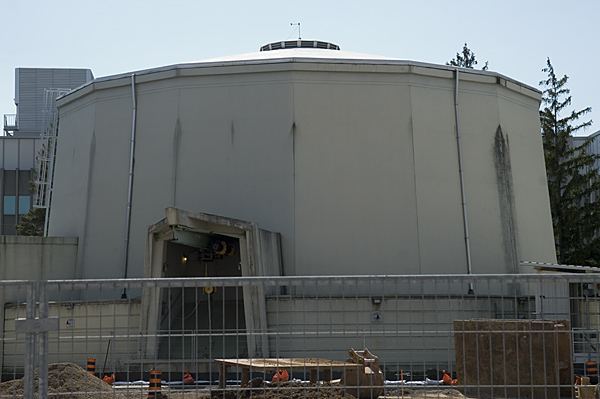
MNR is the only research reactor in Canada with a full containment structure. The reactor is fuelled with low-enrichment uranium and cooled and moderated with light water. Heat is transported to the atmosphere through the secondary coolant system via two cooling towers adjacent to the reactor building.

The reactor is used for a variety of purposes: undergraduate education involves NAA (Neutron Activation Analysis), reactor physics experiments and radioisotopes for tracers and counting experiments. Graduate studies use neutron beams for neutron radiography, neutron diffraction, prompt gamma NAA and geochronological techniques. Commercial activities include radioisotope production and neutron radiography. The facilities also include a Hot Cell and high-activity cobalt source and high level radioisotope laboratories. Researchers using MNR are based at McMaster as well as other universities in Canada and around the world.
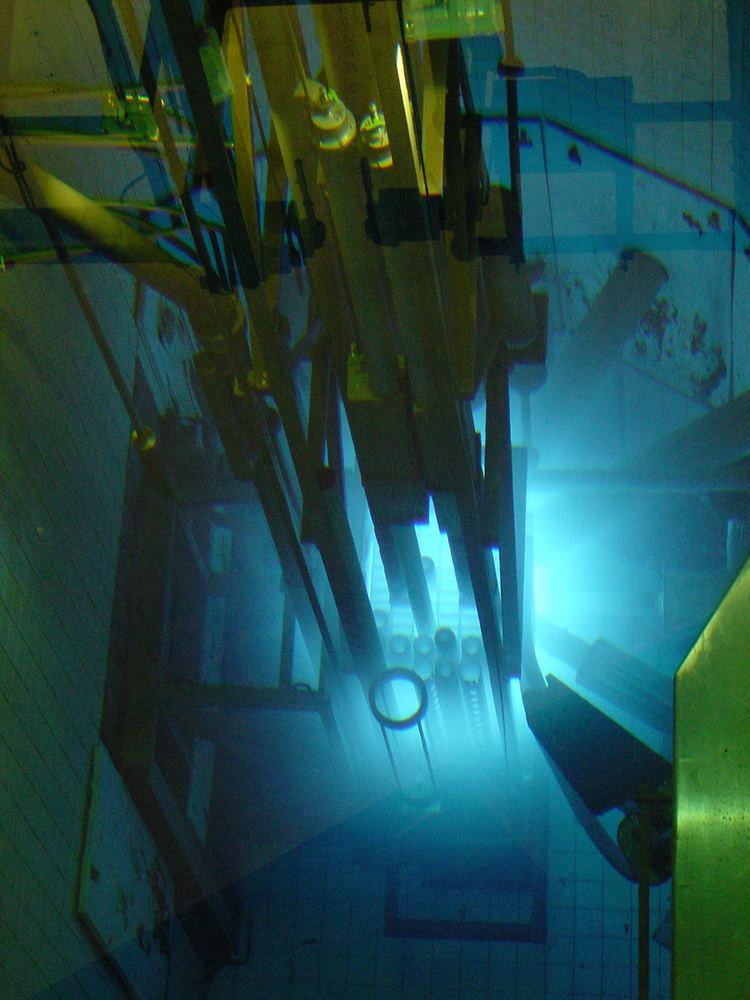
The MNR also produces half of Canada's production of iodine-125, while Chalk River Laboratories, produces the other half. During the 2009 shutdown of the Chalk River, however, the university increased production of iodine-125 by 20% and offered to retrofit the MNR to handle the production of molybdenum-99. The MNR had previously handled the production of molybdenum in the 1970s when the Chalk River facilities underwent a vessel replacement.
Alleged links to terrorism and lawsuit
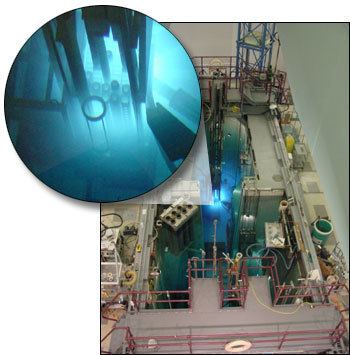
Paul L. Williams, an American author, has published books which claim that McMaster University in general and the nuclear reactor specifically have been infiltrated by terrorist groups, who have managed to steal 180 pounds (82 kilograms) of unspecified nuclear material.
The University strenuously denies these claims, and in 2007 was in the process of suing Williams for upwards of $2 million. The Canadian Nuclear Safety Commission, which regulates all radioactive material in Canada, have released a letter stating that "We can confirm that there has never been a report of any nuclear material that has been lost or stolen from McMaster's reactor".
